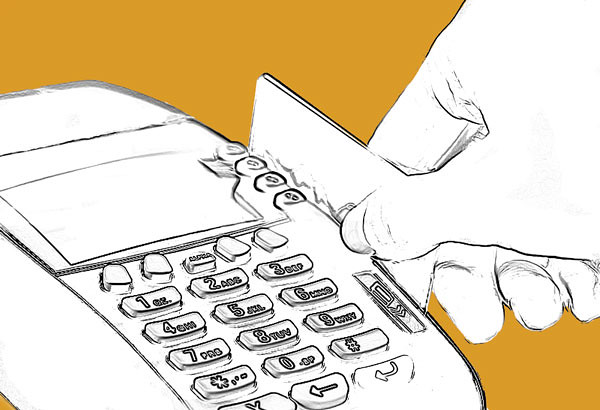The challenge of connecting the unconnected

Every time we return to or sign up for an Internet service (e.g. Facebook, Google, Gmail, YouTube, etc.), writes Hassan Baig on TechCrunch, we rely on what UX experts call a “mental model†for navigating through the choices.
“A mental model is essentially a person’s intuition of how something works based on past knowledge, similar experiences and common sense. So even when something is new, mental models help to make sense of it, utilizing the human brain’s ability to transcode knowledge and recognize patterns.
For instance, most of our grandparents can hit the ground running with changing the channel or increasing the volume when handed the remote control for the latest television available in the market today, squarely because of a well-developed mental model for TV remote control units.
But our grandparents may not have the same level of success when using Internet services, smartphones or tablets. Under-developed mental models in these domains are their primary obstacles. In fact, according to Pew Research, 41 percent of American senior citizens do not use the Internet at all.
So can teaching them how to use basic Internet services create the right mental models and alleviate the problem? It’s a step in the right direction, but there are other barriers at play.”



